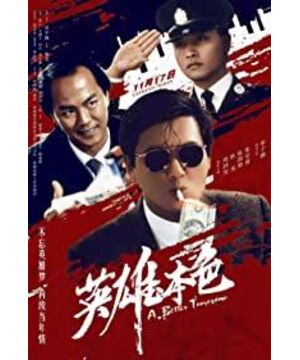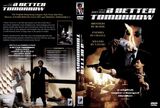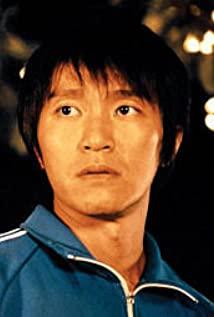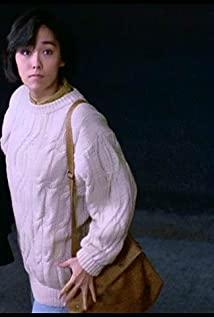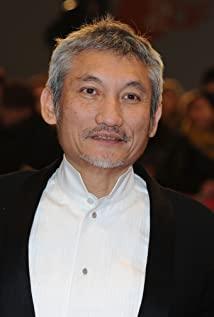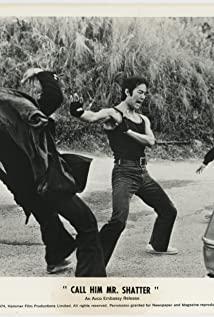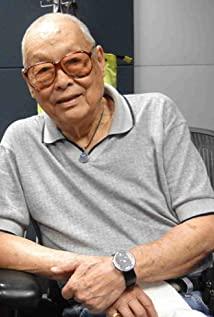1. The Origin of "Aesthetics of Violence" "Aesthetics of Violence" originated in the United States, but has matured in Hong Kong as an exploration of the taste and form of film art. In layman's terms, it refers to the scene and ritualization of violent actions. The characteristics of "violence aesthetics" are as follows: the creators use postmodern techniques to express the shooting scenes and fighting scenes in the film as games and jokes with no specific meaning; the other is to symbolize them as closely related to the content of the film. audio-visual aesthetic elements. This type of film pays great attention to the form of gunfights, martial arts movements and scenes, and promotes the aesthetic sense of form to a dazzling level, but ignores and weakens its social and moral functions. The scope of "violence aesthetics" referred to in modern society includes not only movies, but also video games, comics, animation, graphic design, advertising and other aspects. 2. Woo Yusen's artistic expression There was no so-called "violent aesthetics" in Woo Yusen's works in the early days, but the film revealed a more or less violent and bloody atmosphere. The first film he directed, "Passenger", was banned because it was too violent, and it was later revised and renamed "Tenderness of an Iron Man" before it was released. Later, John Woo shot a lot of comedy films. Later, he encountered a creative bottleneck, so he began to transform and filmed the shootout film "Heroes Without Tears"; "Heroes Without Tears" embodies the film style of masculine aesthetics, and this film became John Woo A representative work in the transition from the comedy era to the action era. In 1986, John Woo joined Tsui Hark's film studio; in the same year, with the full help of Tsui Hark, he directed the shootout film "The True Color of Heroes". Aesthetics" film style. In 1987, John Woo directed the action film "The True Colors of Heroes 2", which also instilled the film style of "The True Colors of Heroes" into this film, and the film consolidated John Woo's personal style; in 1989, he directed the action film "Bloodblood". ", this film not only became one of the representative works of John Woo's "violence aesthetics", but also laid the foundation for his entry into the Hollywood film market. In contrast to Woo's film style, his grasp of violent scenes and his unique artistic expression have created a new film art style. The shooting bullets in John Woo's films are infinite, and the pictures are full of dramatic effects, which creates a sense of excitement and freshness of the pictures. 3. "Aesthetics of Violence" in "The True Color of Heroes" In the movie "True Color of Heroes", the scene where the hero Song Zihao goes to Taiwan to deliver goods, despite being filled with a lot of gunfights and violent and bloody scenes, but it gives the audience the feeling that it is Song Zihao's heroic end, showing the end of a triad boss who the audience should despise, but the audience can feel sad for it. And when Pony Ma took revenge on Song Zihao, when the bright red blood splashed onto the bright white suit in the picture, what we felt was not blood, but the coquettishness of blood, and the enthusiasm of Pony Ma's whole person. When the scheming Ah Cheng takes revenge on the pony, the dark environment in the picture, the red background neon lights and the blood spewing from the pony from time to time, if such a scene happens in real life, when people see this scene , I am afraid that the first reaction is to leave here, but in the cinema, the audience will not move when watching the screen, so Wu Yusen formalized the fighting scene, and added the before and after plots to make the original bloody scene of violent gunfights, It has become people's sympathy for Xiao Ma, and they have a deeper understanding of the ruthlessness of A Cheng and others, and deepened the audience's hatred for them. His help became a show of justice in the hearts of the audience. In the film, it is also a betrayal organization. Ah Cheng betrayed Song Zihao, which makes people feel resentment and sympathy, but Xiao Ma's betrayal makes people feel justice. In the same violent scene, Song Zihao and Xiao Ma are the representatives of justice, but Ah Cheng is the spokesperson of evil. This is John Woo's perfect control of violence and makes violence an aesthetic expression, which makes the film full of violence. and bloody, but the audience can only perceive the plot instead of violence. At this time, violence has become a form of artistic expression in the film. The violence in the film promotes the development of the story and drives the audience’s emotions. , which is the concentrated expression of violent aesthetics in the film. 4. The social significance of "Aesthetics of Violence" The development of "Aesthetics of Violence" is not only the development and embodiment of an aesthetic, but also an artistic expression of today's social reality. For example, the United States, the origin of "violence aesthetics", is full of a lot of violence. The lifting of gun bans, human rights struggles, and racial discrimination are all sources of violence. In the 1980s and 1990s, Hong Kong, We are in a period of negotiations between the Chinese and British governments. At that time, the British government didn't want to control it, but the Chinese government couldn't, so a large number of triads came out to manage Hong Kong, and violence would inevitably become a social problem, and movies with "violence aesthetics" came into being. However, when the underworld is managed in Hong Kong, there will inevitably be a lot of black money. At this time, it becomes an inevitable trend that the underworld chooses to invest in movies to launder money, which also stimulates the Hong Kong film industry. a necessary cause of development. When traditional kung fu films like Jackie Chan's kung fu films and Lin Zhengying zombie films flooded Hong Kong's society in large numbers, people's aesthetics gradually became fatigued, and the audience no longer wanted to see these film types that they were used to seeing again, but just At this time, John Woo's "violent aesthetics" films came into being and flooded the Hong Kong film market. There are a lot of intense and sensational gunfights, explosions, and fighting scenes in the film, which are very interesting and greatly stimulate people's senses. Under the director of John Woo's artistic style, these scenes will not make people feel scared and disgusting. The scene will only make people feel blood boiling. In the social situation at that time, the police fought with the underworld, and finally defeated the underworld, which also reflected a lot of positive energy such as loyalty, bravery, etc. The expression of this positive energy made violent aesthetic films It's easy for people to accept. And in the case of exposing and reflecting the social reality, it is still evergreen!
View more about A Better Tomorrow reviews


